Friday, May 13, 2011
Canadian Tulip Festival (Ottawa, Canada)
The Canadian Tulip Festival, now in its 59th year, has grown to become the largest Tulip Festival in the world. It preserves the local heritage of Canada’s role in freeing the Dutch during World War II, and the symbolic tulip; a gift in perpetuity to the Canadian people for providing a safe harbour to the Dutch Royal Family at that time.
The festival’s mandate is to preserve this heritage and celebrate the tulip as a symbol of international friendship by engaging local organizers, volunteers, artists, performers, tourists and festival-goers in what has become an annual ritual of spring and one of Canada’s best loved and well-known cultural events
In the fall of 1945, Princess Juliana of the Netherlands presented Ottawa with 100,000 tulip bulbs. The gift was given in appreciation of the safe haven that members of Holland’s exiled royal family received during the World War II in Ottawa and in recognition of the role which Canadian troops played in the liberation of the Netherlands.
The tulips have become an important symbol of international friendship and spring, with special meaning to the people of Canada and its Capital Region.
In early June 1940, Princess Juliana and her two small daughters secretly boarded a Dutch vessel bound for Halifax. After a long sea voyage, they moved into Ottawa’s Government House. Safe in the Ottawa region, Princess Juliana was able to take over the reins of government-in-exile if the need arose.
The birth of Princess Margriet Francisca, the third daughter of Princess Juliana and Prince Bernhard, was a symbol of hope and a source of inspiration for the Dutch who were fighting for their survival in Europe. The only royal baby ever born in North America, her birth created a living bond between the people of Canada and the Netherlands. To ensure the baby’s Dutch citizenship, the Canadian government temporarily ceded a room at the Ottawa Civic Hospital to the Netherlands. On January 19, 1943, the flag of the Netherlands flew on Parliament’s Peace Tower and Princess Margriet was born a Dutch citizen on Dutch soil in the safe haven of Canada. Once the war had ended, the people of the Netherlands and Princess Juliana sent the Canadian people many magnificent gifts, including 100,000 tulip bulbs to Canada’s Capital in gratitude for the involvement of Canadian troops in the liberation of the Netherlands. In 1946, Princess Juliana herself gave an additional 20,000 bulbs to the country that had given her refuge. A few years after the Dutch tulips arrived in 1945, they became a strong attraction in Canada’s Capital, and stunning pictures appeared in newspapers nationwide resulting in more and more events around the annual bloom of tulips.
The first Canadian Tulip Festival was held in 1953 lead by the Ottawa Board of Trade, at the suggestion of world-renowned photographer Malak Karsh. Karsh is considered the founder of the Festival and his photographs have immortalized the tulip. Through his efforts, the Canadian Tulip Festival was formalized to coincide with the tulip’s annual bloom. In 2002, the Festival celebrated its 50th Anniversary dedicated to its founder, having expanded to an event of 18 days, showcasing over 3 million tulips throughout Canada’s Capital Region.
Over the years the Festival has been opened by Governor Generals, Prime Ministers and Royalty, including several return visits from Queen Juliana and Princess Margriet. Through the 1990s and into the new millennium, the Canadian Tulip Festival celebrated the Tulip as a symbol of Peace and Friendship creating an international bond by collaborating with Friendship countries, which include the Netherlands, Turkey, France, Japan, the United States, Great Britain and Australia.
To celebrate its roots of International Friendship, the Canadian Tulip Festival created the International Pavilion in Major’s Hill Park and became the “festival without fences” with all park events offering free admission. The International Pavilion provides a venue for over 20 partnering embassies and local cultural groups to showcase their wares and origins to tourists and festival-goers alike.
Each spring hundreds of thousands of people from all over North America, Europe and Asia make over a million visits to the Canadian Tulip Festival. The event, which grew from the Dutch gift of friendship, has become the world’s largest Tulip Festival. The tulip has also become Ottawa’s official flower, making Ottawa the tulip capital of the North America.
While the photos were taken by me the wording was taken from the official Tulip Festival Web Site (http://www.tulipfestival.ca/history/).
Comments always welcome.
Subscribe to:
Post Comments (Atom)

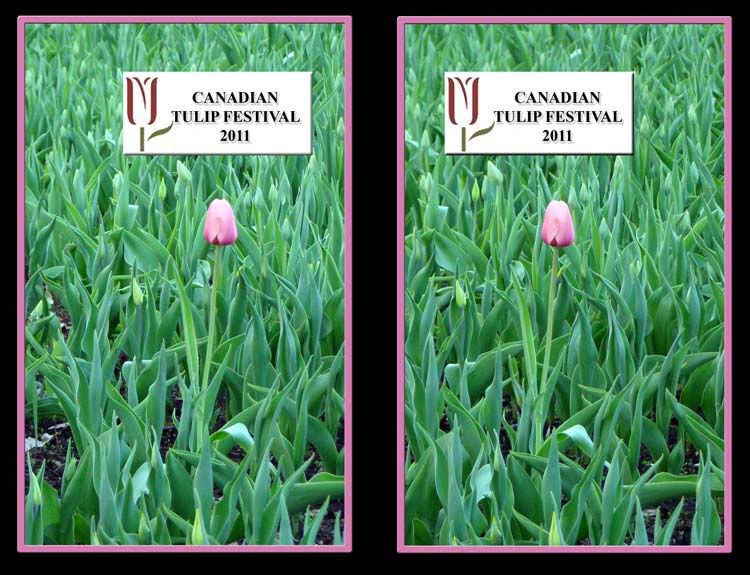
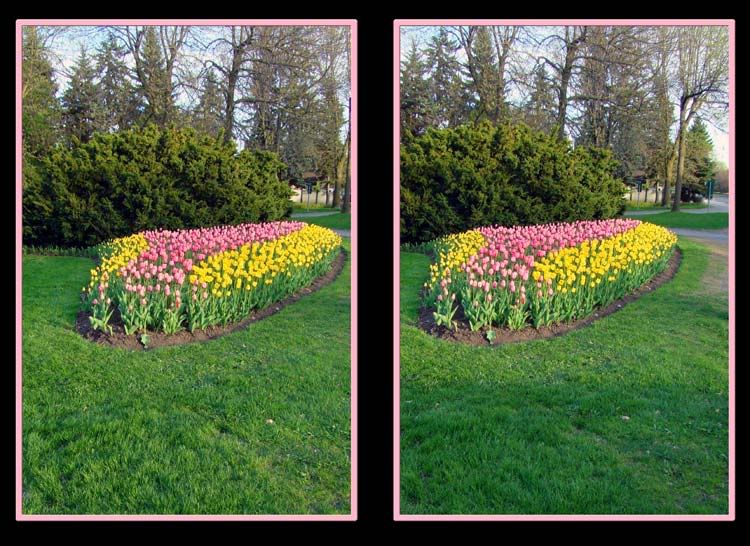
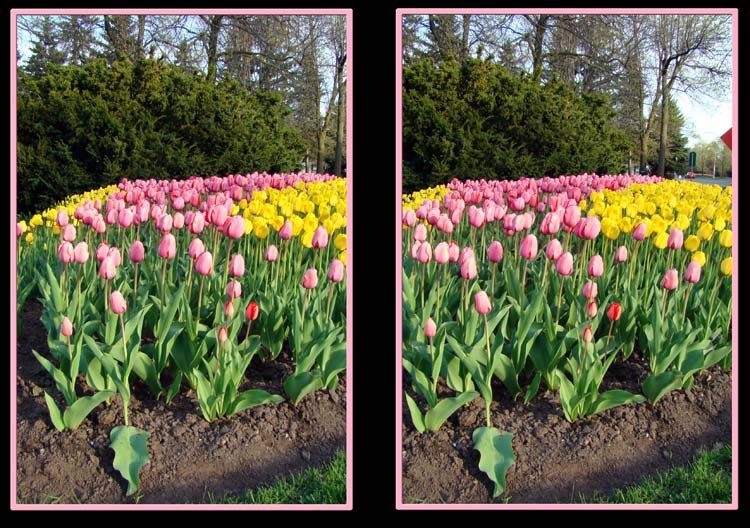
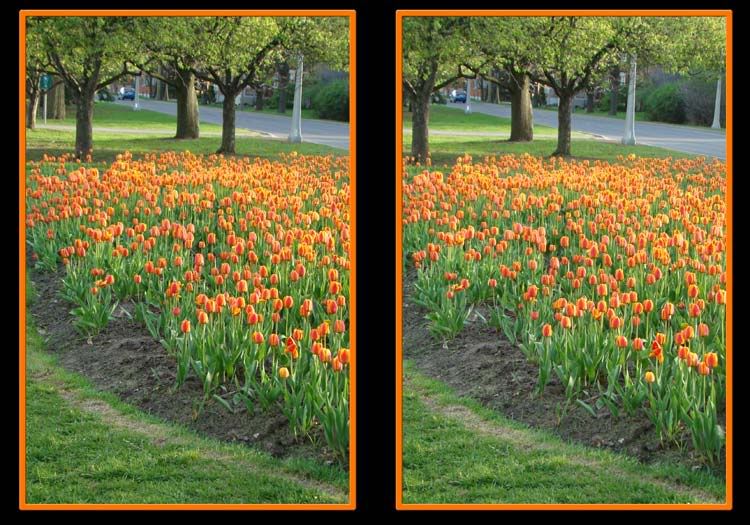

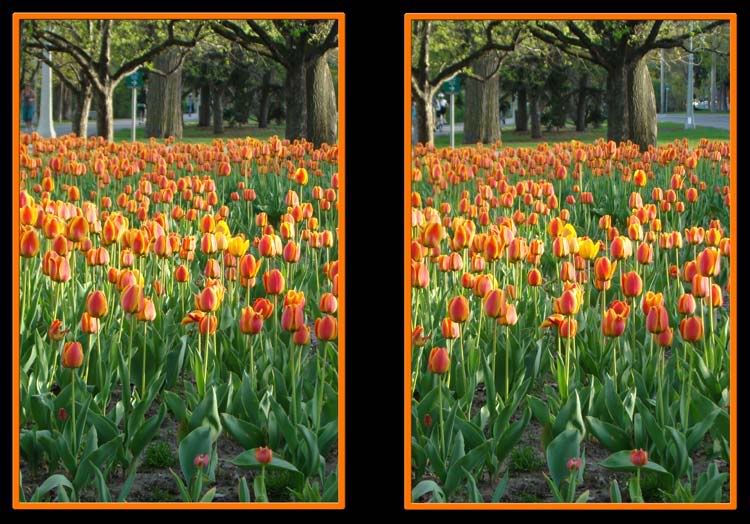
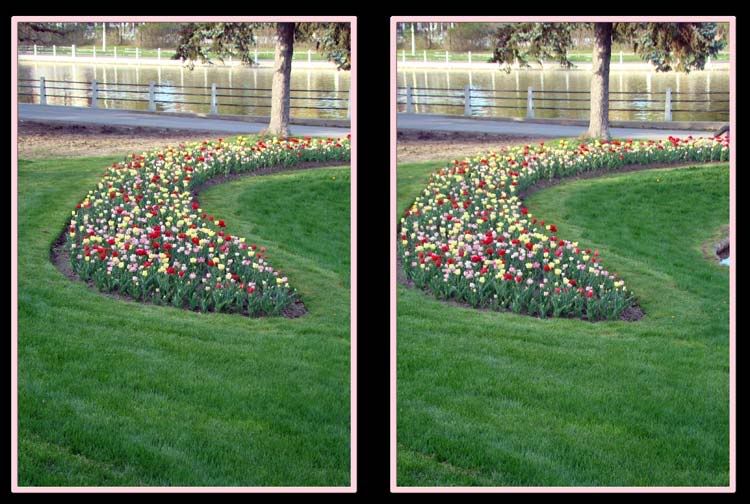
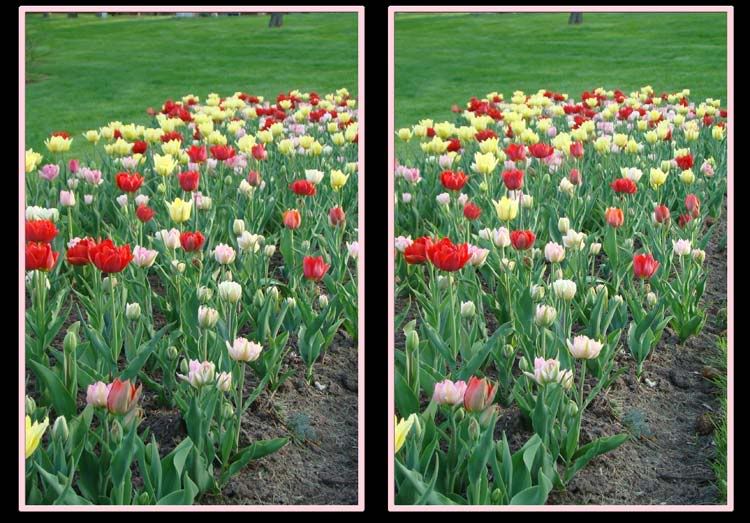
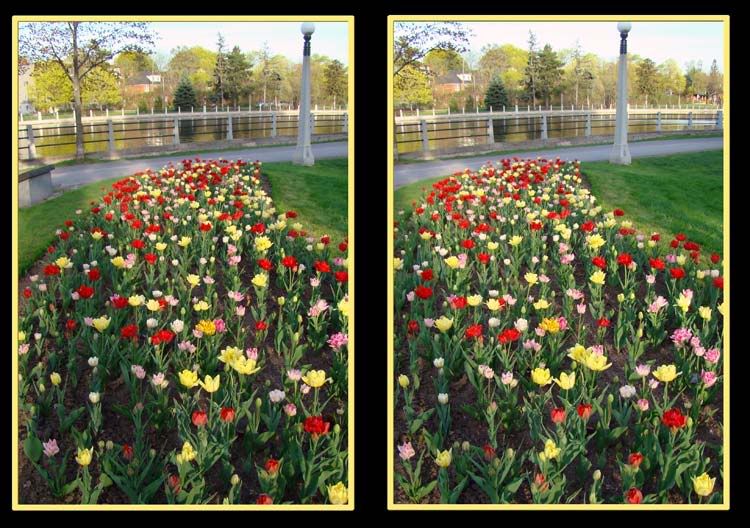




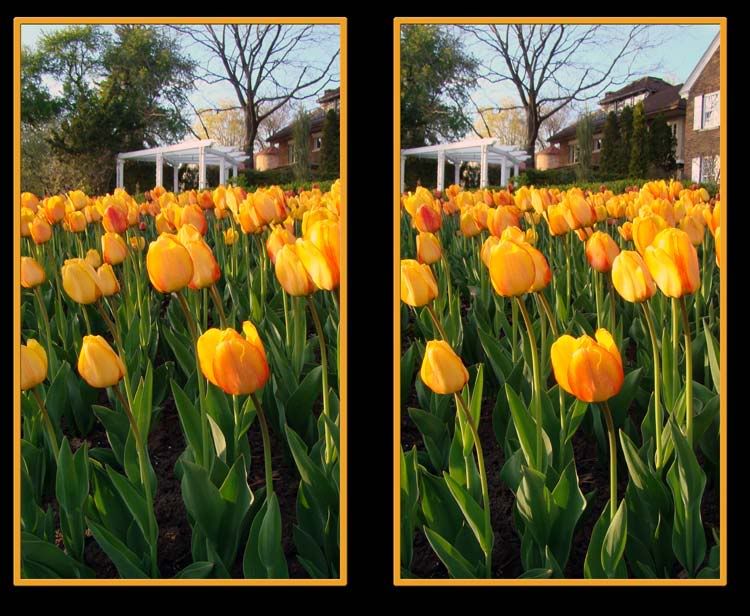
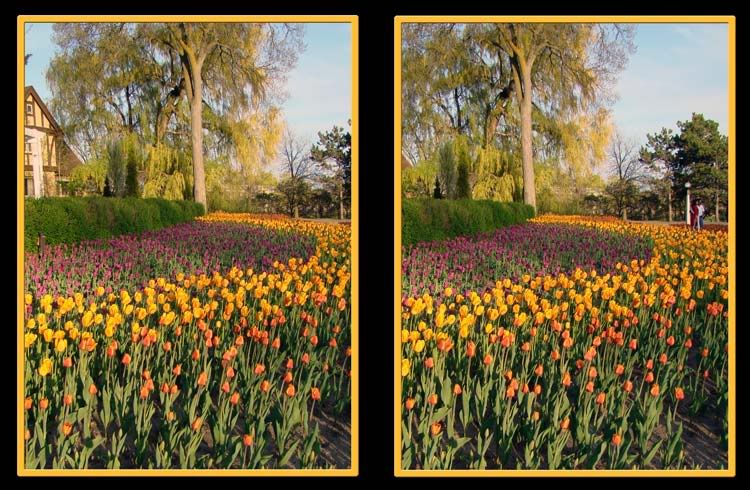
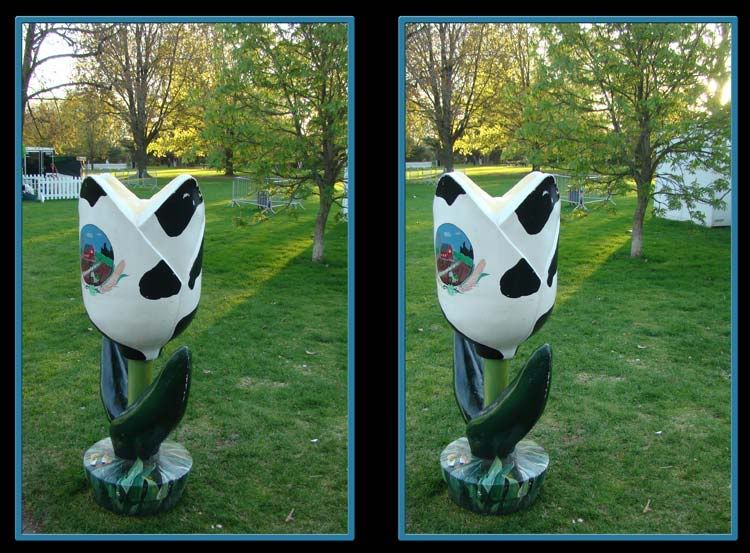
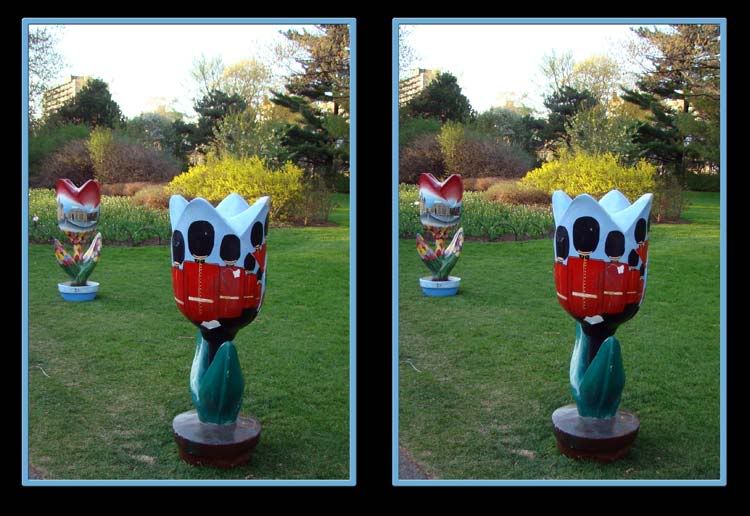
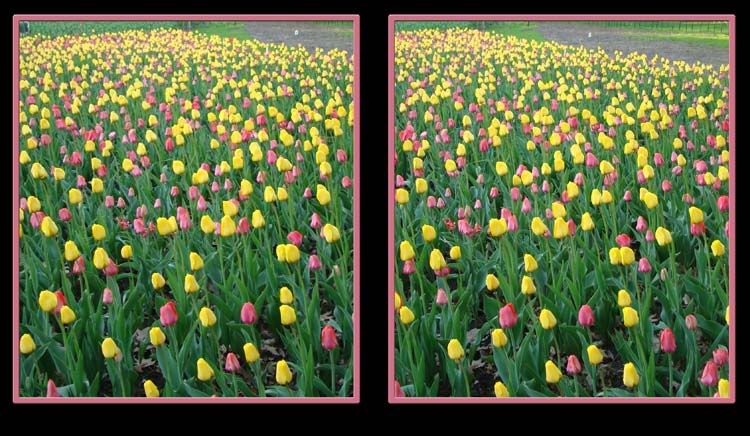
what happens to the tulips from year to year??
ReplyDeleteI believe they dig up the bulbs when they have finished flowering. Then they split the bulbs to become two and replant them in the fall for the next spring.
ReplyDeleteIn theory, the number of tulips double from year to year.